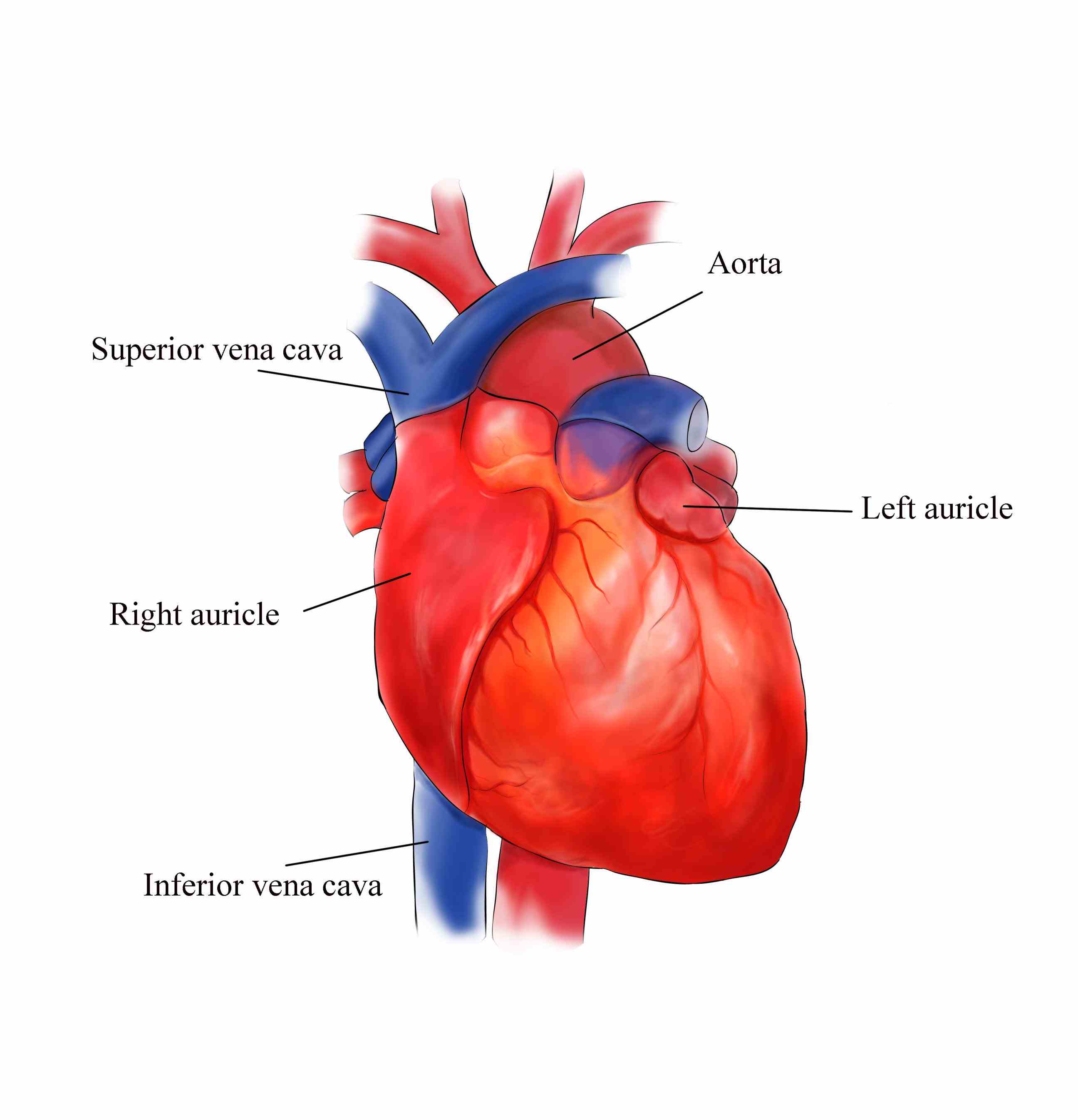
.svg/1200px-Diagram_of_the_human_heart_(cropped).svg.png)
It has been said that enough energy is produced a day to drive a truck 20 miles. Which is equivalent to the usage of a 60-watt bulb. The power output of the heart ranges from 1-5 watts per minute.Oxygenated blood leaves the aorta about 1 mile an hour. It takes 20 seconds for blood to circulate through the entire body.Here are 7 fascinating facts about the Human Heart that everyone would like to know! Read more on the conduction system of the heart here.

On average the heart beats approximately 70 beats per minute. The heart is unique in that it never tires and is able to generate its own electrical impulses without the need for stimulation from the central nervous system.
/heart_electrical_system-597907ca03f4020010e78125.jpg)
The conduction system of the heart refers to how the heart contracts. The chambers are simplified into boxes with arrows indicating the passage of oxygenated and deoxygenated blood.

Box diagram of the heartĪ box diagram is a great way to learn and remember the passage of blood through the heart. The way in which the cardiac muscle contracts in order to force blood around the body is highly specialised and is described on the heartbeat page. These are located between each ventricle and the artery leaving the heart and again prevent the blood from flowing backward. The “dub” sound is caused by the closing of two other valves, known as the Semilunar or SL valves. For this reason, the muscular wall of the left side is thicker than that of the right side. Following the movement of blood from the atrium, into the ventricle, the AV valve snaps shut which causes the first heart sound of the heartbeat (often described as “lub dub”, with the closing of the AV valves being the “lub”)ĭue to the distance in which the blood being pumped from the left ventricle has to travel, a more forceful contraction is required. The purpose of these valves is to prevent blood from flowing in the wrong direction. The atria and ventricles are separated by valves known as Atrioventricular, or AV valves. The left atrium receives the oxygenated blood returning from the lungs and the ventricle then pumps this blood around the body. The left side again contains an atrium and a ventricle. The right side of the heart consists of an atrium that receives blood returning from the body, and the right ventricle, which then pumps blood out to the lungs, via the pulmonary artery. Copy and paste this HTML code into your webpage to embed.


 0 kommentar(er)
0 kommentar(er)
